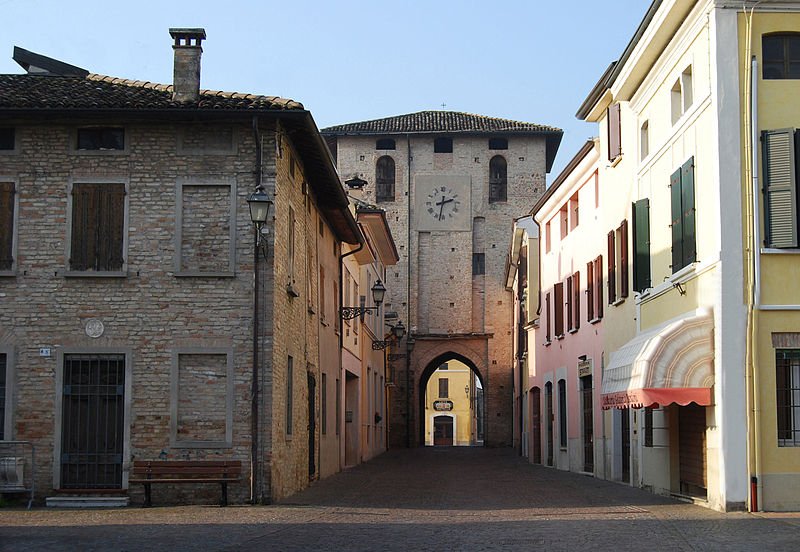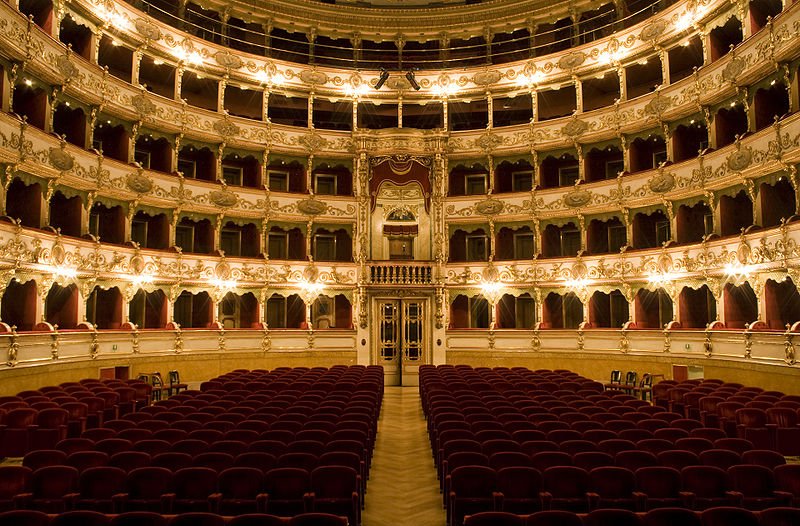 Bergamo, Lombardy, Italy
Bergamo, Lombardy, ItalySource: https://commons.wikimedia.org/wiki/File:Sunrise_at_Bergamo_old_town,_Lombardy,_Italy.jpg
Author: hozinja

Lombardy takes you to the Lombardy region on the northern part of Italy. It covers 23,844 sq km (9,206 sq mi) and has a population of 10 million people (2012 estimate). Its capital and biggest city is Milan.
Geography of Lombardy
Lombardy is a landlocked region. It is bordered by Emilia-Romagna to the south, Trentino-Alto Adige/Südtirol and Veneto to the east, Piedmont to the west and Switzerland to the north.
Lombardy has an Alpine zone that includes the Lepontine Alps, Rhaetian Alps, Bergamo Alp, Ortler Alps and the Adamello massif. One of the highest peaks here is Presolana (2,521 m). There are also a number of lakes including Lake Maggiore, Lake Lugano, Lake Como, Lake Iseo, Lake Idro and Lake Garda.
Lombardy is the most populous and the second most densely populated region of Italy (after Campania).
Members' dining experience in the Lombardy region
- ChyeLim Lee posted about enjoying a lakeside breakfast at Sirmione del Garda, in Sirmione, Italy on 16 September, 2019.
- ChyeLim Lee posted about enjoying an Italian dinner of Insalata Caprese (Mozzarella), Parma Ham & Melon + Spaghetti Ragu in Sirmione, Italy on 16 September, 2019.
Members' Travel Shots of the Lombardy region
- ChyeLim Lee posted on the town of Sirmione on 17 September, 2019
 The village of Brienno on the shore of Lake Como in Lombardy, Italy
The village of Brienno on the shore of Lake Como in Lombardy, ItalySource: https://commons.wikimedia.org/wiki/File:Brienno.jpg
Author: Fiore dod-Fiorenzo

 Via Roma in Ceresara, province of Mantua, Lombardy, Italy
Via Roma in Ceresara, province of Mantua, Lombardy, ItalySource: https://commons.wikimedia.org/wiki/File:Ceresara_Via_Roma.jpg
Author: Massimo Telò

Languages of Lombardy
Apart from standard Italian, the people in Lombardy also speak a variety of dialects including the Western Lombard and Eastern Lombard dialects and the Emilian dialects. Some 27% of the inhabitants are able to speak Italian as well as one of the Lombard dialects.
History of Lombardy
The Lombardy area has supported human habitation for thousands of years, at least, to the second millennium BC. The area was invaded by Celtic tribes in the 5th century BC. Their expansion south was checked by the Roman expanding north from the 3rd century BC. After centuries of fighting, Lombardy came under Roman rule in 194 BC.
The decline of the Roman Empire in the 5th century brought a series of invading tribes to fill the vacuum. The most effective of these were the Lombards, who gave the region its name. They ruled until AD 774, when Charlemagne brought it into his empire. In 1525, Lombardy came under Spanish rule following the Battle of Pavia. It was also ruled by France and Austria before becoming part of the Kingdom of Italy in 1859.
 Teatro Grande in Brescia, Lombardy, Italy
Teatro Grande in Brescia, Lombardy, ItalySource: https://en.wikipedia.org/wiki/File:Teatro_Grande_(Sala).jpg
Author: Okkiproject

Economy of Lombardy
Lombardy is the wealthiest region in Italy, producing one-fifth of its GDP. The per capita GDP is 25% above the national average. Its capital Milan is the home of major brands of Italian fashion including Armani, Dolce & Gabbana, Prada, Valentino and Versace, to name a few.
Cuisine of Lombardy Lombardy dishes often make use of rice, whether in soup or in risotti. It also produces several different types of cheese.
Lombardy on the map
Motorways in Lombardy radiates out of its capital, Milan. They include the A1, A4 and A7. The city also has a major international airport receiving flights from all over Europe as well as major cities across the world.Cities & Towns in Lombardy
Famous Sights in Lombardy
- Basilica di Sant'Ambrogio
- Basilica of San Lorenzo
- Basilica of Sant'Eustorgio
- Bellagio
- Brera Gallery
- Castello Sforzesco
- Cathedral of Milan
- Certosa di Pavia
- Convent of Sta. Maria delle Grazie
- Petroglyphs of Valcamonica
- Portinari Chapel
- Royal Villa of Monza
- The Last Supper
- Teatro alla Scala
 Latest updates on Penang Travel Tips
Latest updates on Penang Travel Tips

Copyright © 2003-2025 Timothy Tye. All Rights Reserved.

 Go Back
Go Back